Today we can already argue that the time of endless fingers of fingers to check the level of glucose in the blood and complex mental calculations for calculating the carbohydrate ratio with insulin gradually ends. Today, many new technological solutions, systems and devices have been developed that simplify life due to a decrease in the number of punctures and a large amount of data obtained in real time to ensure immediate response to blood glucose. It has become very difficult to figure out what suits you best from this. Therefore, your attention is offered a brief overview of several popular digital tools that have found a middle ground between revolutionary technologies and convenient interfaces.
A reusable syringe
This is a device for the introduction of insulin.
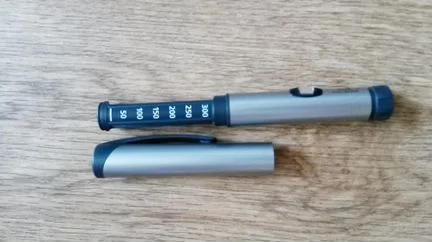
How works. A cartridge with insulin is inserted into the handle case. Before injection, a disposable needle is installed, an insulin dose is adjusted using a spinning selector on the housing and injected.
How to choose.A specific syringe-hand is suitable for each name insulin. For example, the Aktrapid NM, Protafan NM is suitable for the insuls, the Novo-Pen Spitz-hand is suitable. Information about compatibility is in the instructions for the pen.
Glucometer
This is a device for reading glucose in the blood.

How works.A disposable test strip is inserted into the glucometer. Then pierce the finger with lanceolate - with a special needle. A drop of blood is applied to a test strip, and after 5-7 seconds the glucometer shows the level of glucose.How to choose.The first question that arises when choosing a glucometer is how accurately it shows the level of glucose. In fact, all glucometers have an error and their accuracy is approximately the same. When choosing, you can look at additional functions. For example, a model with speech accompaniment and illumination may come an elderly person.
Injection port
This is a membrane on an adhesive tape with cannulas for the introduction of insulin without constant skin punctures.
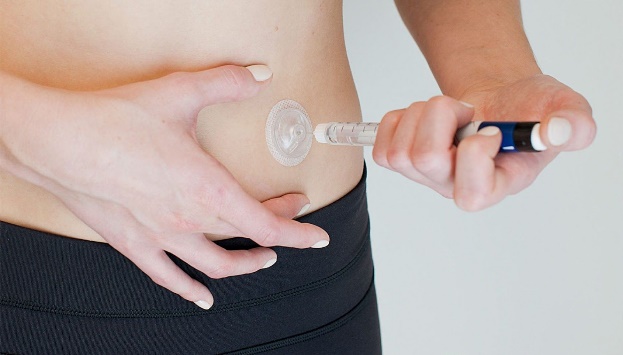
How works.The port is applied to the body and pressed on it, the cannula enters the body, and the port is fixed on the adhesive base. After that, insulin can be introduced through the port. This is done with the help of a syringe-hand as many times as necessary. One port can stand on the body for up to three days. You can swim and play sports with him.
How to choose.The length of the cannula is important: 6 mm for children and 9 mm for adults.
Continuing glucose monitoring sensor
This is a flat round device with a flexible antennae to read the level of glucose in the blood without constant punctures.
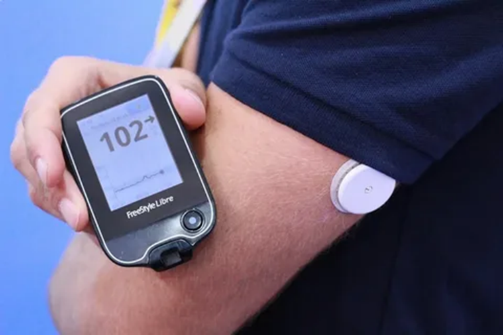
How works.The flexible antennae of the sensor is inserted under the skin of the outer side of the hand between the shoulder and the elbow to a depth of 5 mm. The sensor itself is fixed on an adhesive base. To count the level of glucose, you need to draw a phone with an installed application or a special scanner over the sensor, which is sold separately. The sensor shows what the glucose level was 5-10 minutes ago and, as a rule, the trends to increase or decrease glucose levels. The sensor is worn continuously from 6 to14 days, depending on the manufacturer. Then they change to a new one.
How to choose.Some sensors give a sound signal if glucose is higher or lower than normal. But if you often read the indicators using a scanner, you can do without a sound signal function.
Transmitter (transmitter)
The transmitter transmits data on the glucose level from the sensor to the smartphone.
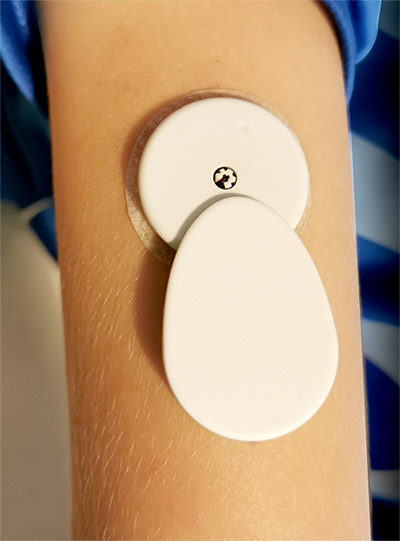
How works.The transmitter is attached to the sensor and fixed with a patch. Indications are transmitted remotely, without scanning. This is convenient if you need to remotely control sugar in a child or an elderly person.
How to choose.The transmitter should be compatible with the glucose sensor (sensor) that you use. This information is in the description of the transmitter. Transmitters differ in the range of the radius of action, type, charging frequency and additional features, functions. For example, water resistance and the ability to transfer data to a computer. The more additional functions, the more expensive the transmitter.
Insulin pump
This is an automatic introduction of insulin.
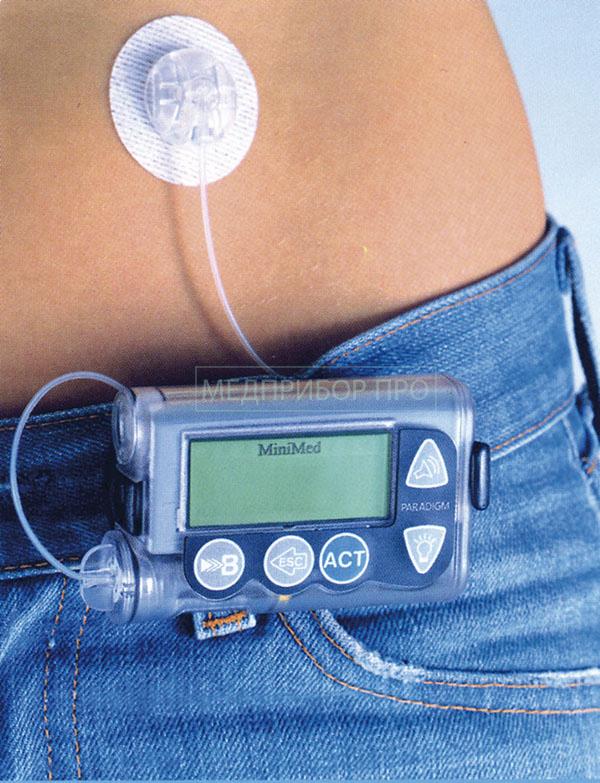
How works.In the pump there is a replenished reservoir for about 330 units of insulin. From it, insulin periodically enters the body through flexible tubes - an infusion set. The tubes are attached to the catheter, which is fixed on the body and change every three days. The pump itself is constantly in a special hull bag, and if necessary, it can be disconnected.How to choose.The most important thing in the pump is a step in introducing insulin and the feed rate. These parameters are selected by the attending physician individually for each patient. When buying, you can focus on additional functions. For example, for a child or an elderly person, a pump with a remote control is suitable. Through the remote control, you can introduce a certain dose of insulin, increase or decrease it, stop the administration of insulin.
Endocrinologist of the Minsk City Clinical Endocrinological Center K.V. Rukikova




























